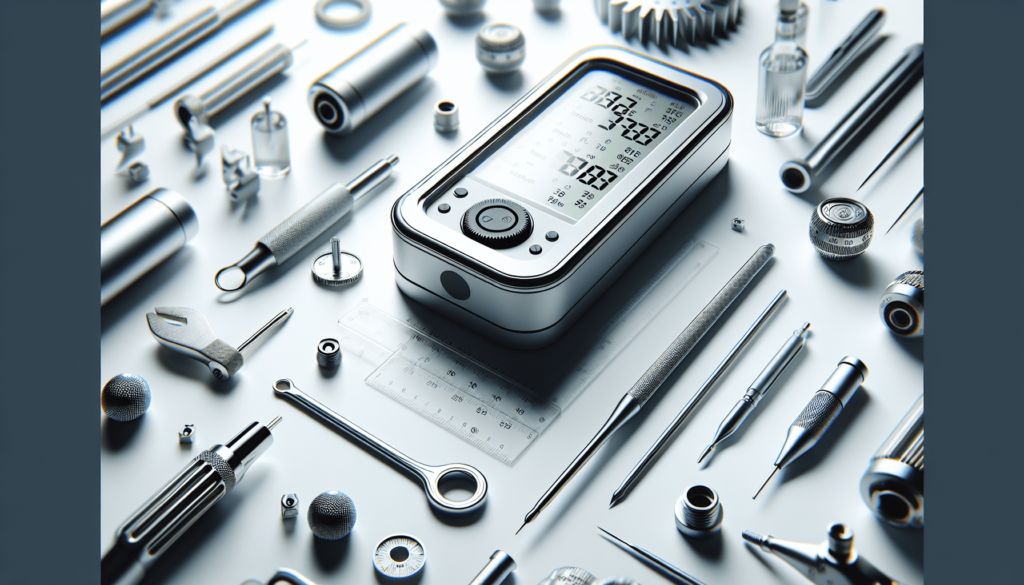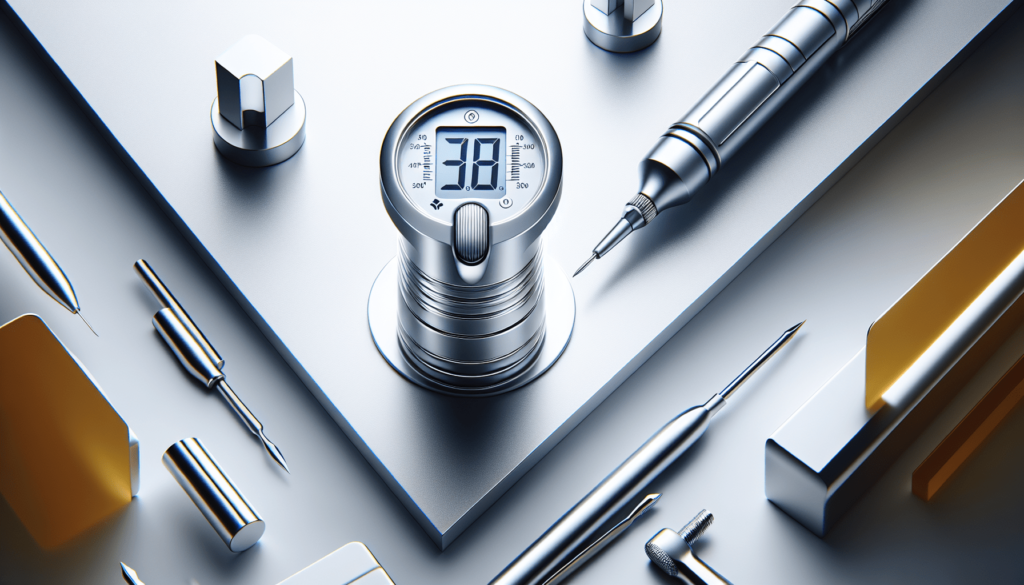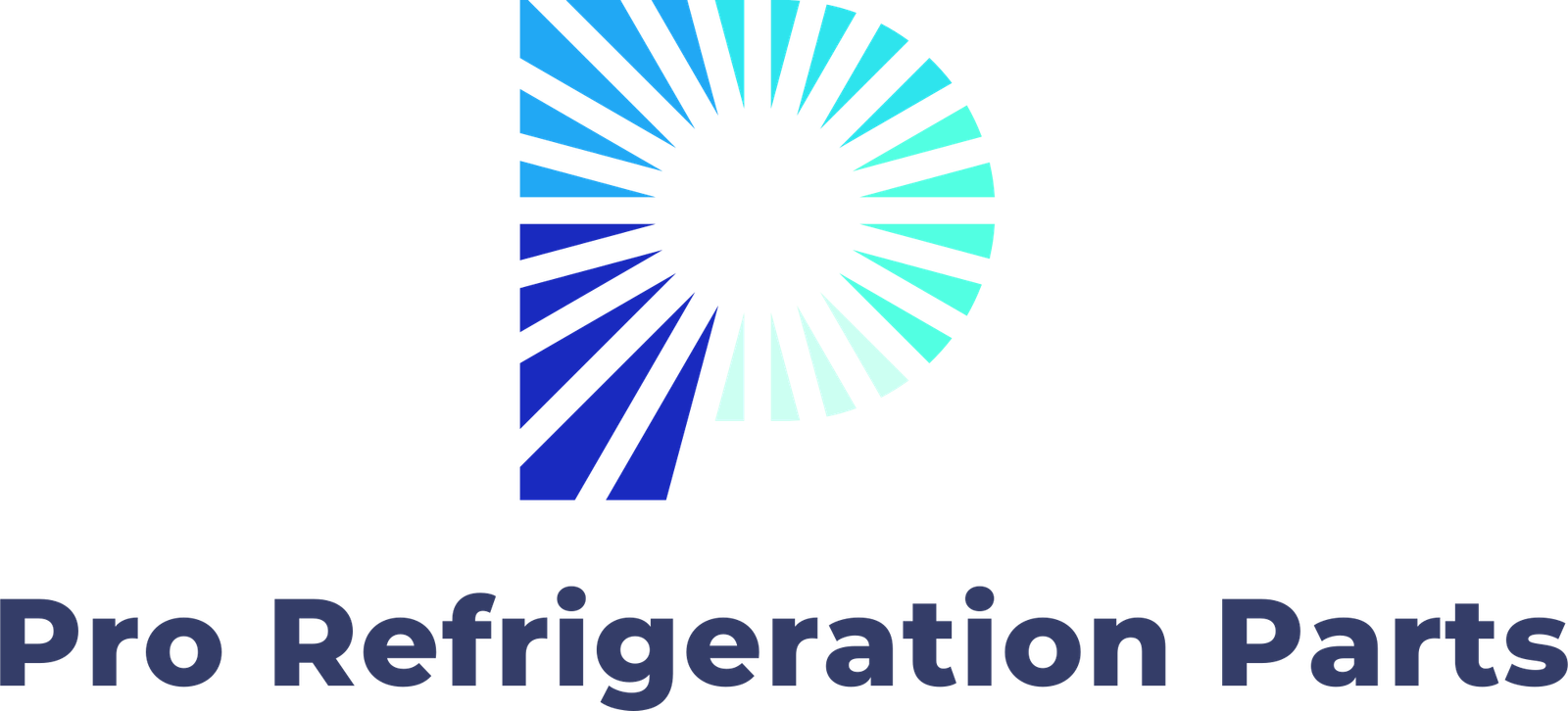True Cooler Parts: How To Properly Calibrate For Accuracy
Have you ever wondered why your True cooler isn’t performing as expected?
When it comes to keeping food and beverages at optimal temperatures, accuracy is key. If you’re running a restaurant, a grocery store, or any other food service operation, knowing how to properly calibrate your True cooler parts can make a significant difference in product quality and safety.
Understanding True Coolers
These coolers are essential in the food and beverage industry, known for their reliability and efficiency. They offer various models, including display refrigerators, storage freezers, and under-counter options. Understanding how these systems work and the parts involved is crucial for maintaining their optimal performance.
What Makes True Coolers Unique?
True coolers are engineered with a focus on both functionality and user experience. They feature heavy-duty construction, high-efficiency compressors, and advanced refrigeration technology, which contribute to their longstanding popularity in the marketplace. Each part plays a vital role in ensuring that the temperature remains consistent.
Importance of Calibration
Calibration is the process of adjusting the cooler’s thermometers and sensors to ensure that they provide accurate readings. Incorrect calibration can lead to unsafe temperatures, risking spoilage and foodborne illnesses. It’s crucial for compliance with food safety regulations, making calibration not just a best practice but a necessity.
The Risks of Improper Calibration
If your True cooler is not calibrated correctly, you could be exposing your food products to unsafe temperatures. This can result in significant losses, both in terms of product quality and potential health hazards to customers. Moreover, regulatory agencies may impose fines or penalties if your operation doesn’t meet the required standards.

Key Components of True Coolers
To calibrate your cooler effectively, you must first understand the key components involved in its operation. These parts are crucial for maintaining the desired temperatures within the cooler.
Thermostats
Thermostats regulate the temperature in your True cooler. Keeping this component in check will influence the performance of the entire refrigeration system. Ensure that your thermostat is functioning correctly to maintain proper temperatures.
Sensors
Temperature sensors provide the information that the thermostat uses to regulate the cooler. Any malfunction here can lead to inaccurate readings and, consequently, improper cooling. Regular check-ups on the sensors are essential for ensuring their accuracy.
Compressors
The compressor is the heart of your cooler. It circulates the refrigerant and maintains cool temperatures. If your compressor is not functioning well, it could lead to temperature fluctuations, making accurate calibration even more critical.
Condenser Coils
Condenser coils release heat absorbed from the interior of the cooler. Dust and debris accumulation can hinder their function, leading to poor cooling performance. Regular cleaning of these coils is vital to maintain optimal efficiency.
Evaporator Coils
These coils absorb heat from the interior of the cooler, working alongside the compressor and condenser to maintain temperature. Issues with the evaporator coils can drastically affect your cooler’s performance.
Steps to Properly Calibrate Your True Cooler
Calibration involves a series of steps to ensure your cooling system operates at optimal efficiency. Below is a comprehensive guide to help you through the process.
Step 1: Gather Required Tools
Before getting started, ensure you have the necessary tools:
- A reliable digital thermometer.
- A screwdriver set.
- Cleaning supplies for maintenance.
Step 2: Check Temperature Settings
Start by reviewing the recommended temperature settings for your specific True cooler model. Generally speaking, most coolers should be set between 32°F and 40°F (0°C to 4°C) for optimal food storage.
Step 3: Measure Internal Temperature
Insert your digital thermometer into the center of the cooler, away from the walls and vents, for a more accurate reading. Wait for several minutes to allow the thermometer to stabilize before recording the temperature.
Step 4: Adjust Thermostat
If the measured temperature does not match the setting on your thermostat, adjustments are necessary. Locate the thermostat and tweak it until the internal temperature reflects what you desire. Make small adjustments and give the cooler time to respond.
Step 5: Monitor the Changes
After making adjustments, continually monitor the internal temperature for the next few hours. This will ensure that the cooler is holding the desired temperature consistently.
Step 6: Clean the Components
Take a moment to clean the condenser and evaporator coils. This maintenance step can significantly improve efficiency and accuracy. Dust buildup can hinder cooling performance, so don’t skip this crucial step.

Troubleshooting Calibration Issues
Should you find that your True cooler continues to have temperature inaccuracies, some troubleshooting might be required.
Failing Sensors
If your sensor is malfunctioning, replacing it may be necessary. An ineffective sensor won’t provide accurate temperature readings, and your cooler will continue to operate outside the desired parameters.
Defective Compressors
Should adjustments to the thermostat yield no improvements, the compressor may need inspection. If it seems to be struggling, seeking professional help may be your best course of action.
Blocked Vents
Sometimes, airflow issues inside the cooler can lead to temperature inconsistencies. Ensure that no items are blocking the air vents, as this can disrupt the flow of cold air.
Leaks in Refrigeration System
If you suspect that refrigerant is leaking, consult a professional immediately. Refrigerant leaks can be hazardous and require specialized knowledge to fix safely.
Maintaining Your True Cooler
Once your True cooler is calibrated accurately, it’s essential to maintain it regularly for continued performance.
Regular Temperature Checks
Make it a habit to check the internal temperature daily. Keeping a log can be helpful for traceability and can also alert you to any long-term trends you notice.
Cleaning Routine
Establish a cleaning schedule for your cooler’s evaporator and condenser coils. Depending on the environment, this could be weekly or monthly. Consistent cleaning prevents dust accumulation and helps avoid cooling issues.
Professional Maintenance
Consider having a professional technician conduct annual inspections. Professionals can often identify problems that might go unnoticed and can also ensure that all components are functioning optimally.
Understanding Food Safety Regulations
If you’re in the food service industry, it’s crucial to understand the regulations governing temperature control for food storage and display. Familiarize yourself with local health codes and guidelines to ensure your operations are compliant.
The FDA Guidelines
The U.S. Food and Drug Administration (FDA) provides guidelines for food safety that include temperature controls. According to the FDA, the danger zone for food is between 40°F and 140°F (4°C and 60°C). Knowing these figures is essential for maintaining safe food storage.
Importance of Compliance
Regular calibration and maintenance of your True cooler help you stay compliant with these important regulations. Non-compliance can result in fines, operational shutdowns, and potential harm to customers.
Conclusion
Taking the time to properly calibrate and maintain your True cooler is a straightforward yet essential task that can yield significant benefits. Regular checks and proper adjustments can save you money, reduce waste, and ensure that your customers receive the highest quality products.
You’ve taken the first step by seeking knowledge on this topic. Now that you have a clearer understanding of how to calibrate your True cooler correctly, you can ensure that your operation runs smoothly, keeping food safe and fresh for your clientele.
Empower yourself with the tools and knowledge needed to maintain accuracy in your cooling systems, and watch how this attention to detail positively impacts your business.
